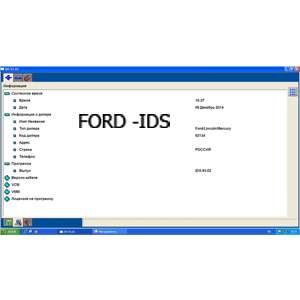

In some cases, these waters may participate in long-range hydrogen bond networks that connect distal protein segments to functionally important regions. In contrast, the role of buried waters located far away from the active or ligand-binding site of a monomeric protein is not always obvious. Water molecules reported in crystallographic structures, particularly those located at domain boundaries, interfacial regions or near active sites, often have a structural or functional role –. A better understanding of how protein-bound waters modulate coupled motions and allostery can lead to new strategies for ligand and protein design. However, it is less clear how buried solvent molecules might modulate an allosteric coupling between spatially distant regions in multi-domain or monomeric proteins –. Many other experimental and theoretical studies arrived at similar conclusions –. Experiments by Frauenfelder and colleagues using Mossbauer and neutron scattering techniques demonstrated that internal fluctuations of proteins are linked to the dynamics of the surrounding solvent, , leading to the idea that protein dynamics is ‘slaved’ by – (or coupled to ) solvent dynamics. Dehydrated biomolecules therefore lose their biological activity and have suppressed dynamics. Water molecules serve as “lubricants” to facilitate conformational inter-conversion, or as “adhesives” in binding interfaces. For instance, it has been shown that waters in the dimer interface of hemoglobin play an important role in its transition between deoxy and oxy forms. The role of solvent on the structure and function of proteins has been the subject of numerous previous studies –. These results suggest that water molecules act as allosteric ligands to induce a population shift among distinct switch 2 conformations that differ in effector recognition. The population of these states and the transition between them is modulated by water-mediated correlated motions involving the functionally critical switch 2, P-loop and helix 3.

Moreover, a d/ξ plot classifies the available Ras x-ray structures and MD-derived K-ras conformers into active GTP-, intermediate GTP-, inactive GDP-bound, and nucleotide-free conformational states. Aided by two novel reaction coordinates involving the distance ( d) between the C α atoms of G60 at switch 2 and G10 at the P-loop and the N-C α-C-O dihedral ( ξ) of G60, we further show that three water molecules located in lobe1, at the interface between the lobes and at lobe2, are involved in the relative motion of residues at the two lobes of Q61H K-ras. The dynamics of these waters is coupled with the local as well as the global motions of the protein, in contrast to less buried waters whose exchange with bulk is only loosely coupled with the motion of loops in their vicinity. We show that the protein samples a different region of phase space in the presence and absence of several crystallographically conserved and buried water molecules.
#Ford ids update r102.01 full
See the seller's listing for full details.To investigate the stability and functional role of long-residence water molecules in the Q61H variant of the signaling protein K-ras, we analyzed all available Ras crystal structures and conformers derived from a series of independent explicit solvent molecular dynamics (MD) simulations totaling 1.76 µs. If the item comes direct from a manufacturer, it may be delivered in non-retail packaging, such as a plain or unprinted box or plastic bag. New: A brand-new, unused, unopened and undamaged item in original retail packaging (where packaging isĪpplicable).


 0 kommentar(er)
0 kommentar(er)
